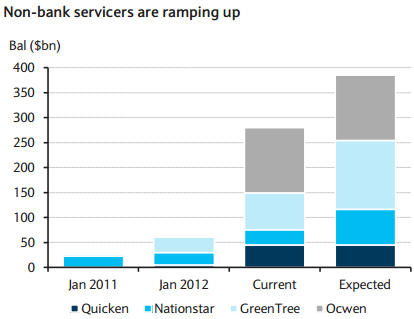We now have some data confirming that China's anti-corruption drive (discussed here) is indeed responsible for at least a part of the recent economic weakness. Catering sales for large enterprises suddenly plunged earlier this year. Cutbacks in extravagant welcoming parties for central government officials, which drove down catering sales, also created a dip in the overall retail sales.
 |
| Source: Goldman |
This anti-corruption directive has become more of a campaign against hedonism by public officials - and often less about the actual corruption.
Jing Daily: - The current campaign is the latest iteration of a long-running effort to combat “the illnesses – formalism, bureaucracy and hedonism” in the ranks of elite Communist Party leadership. Thus, the crackdown is not merely a utilitarian attack on China’s troublesome scourge of corruption itself, but also clearly focuses on the aesthetics of impropriety within the ranks of provincial officials.Clearly, these are positive developments for China, but it's not known just how effective the anti-corruption efforts really are at this stage. With a weak court system that is often no more than a puppet of the Communist Party, it seems that officials continue to enrich themselves at public's expense. Only now they are being asked not to flaunt their wealth (which some wealthy people have been doing - see example). In fact activists who are pushing for disclosure of public officials' finances are being muzzled.
VOA: - Chinese authorities have detained eight anti-corruption activists over their participation in a signature drive that calls on central government officials to disclose their assets. Although there is widespread public support for officials to disclose such information, government efforts to promote the policy appear to be slowing.As far as the impact on China's overall economy, most expect the effect of these measures to be short-lived. Given the somewhat superficial nature of the program, it's only a matter of time before China's wealthy officials begin spending again.
Rights lawyers in Beijing say the activists have been taken into custody in recent days on suspicion of unlawful assembly.
SoberLook.comFrom our sponsor:
















































